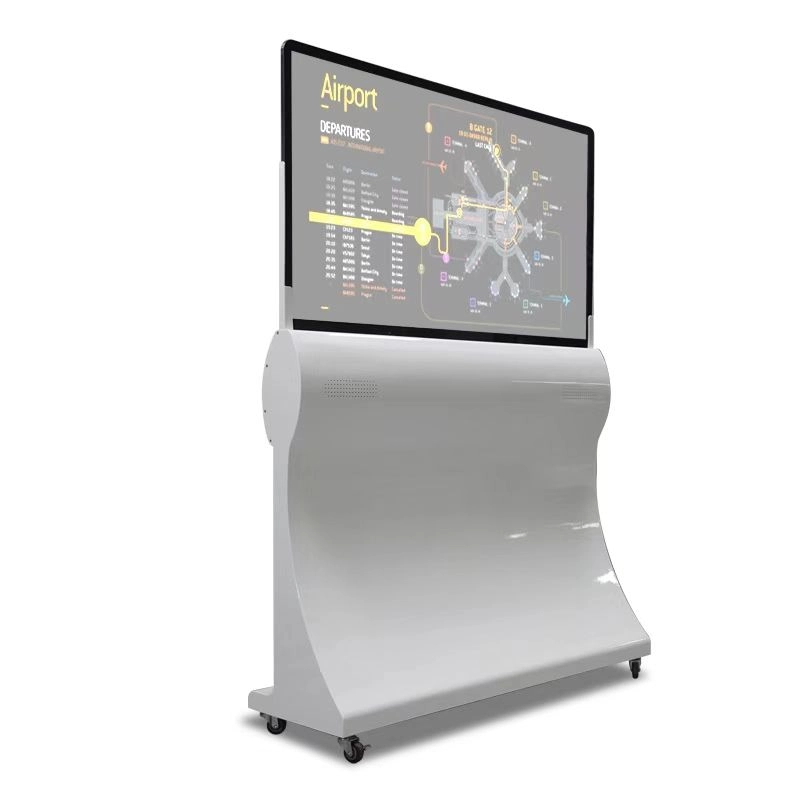
With the continuous advancement of technology, display technology is also evolving. As an emerging display technology, OLED (organic light-emitting diode) transparent display is gradually entering our field of vision, showing great potential and application prospects.
OLED transparent display is a display made using OLED technology with transparent characteristics. Its working principle is that through the light emission of the light-emitting diode layer and the special transparent substrate, the screen can pass through the background light when it is turned off, presenting a translucent effect. When displaying content, the image is revealed through the light-emitting layer, forming a vivid visual effect.
OLED technology itself has excellent color reproduction ability and high contrast, making the transparent display more vivid when displaying images.
55 Inch Transparent OLED provides more possibilities for various innovative designs, such as embedded display, smart home, etc.
The transparent feature allows users to still see the background scenery when viewing the displayed content, providing a better interactive experience.
Compared with traditional LCD displays, OLED transparent displays have more advantages in energy consumption, especially when displaying black content, almost no power is consumed.
In the future smart home, transparent OLED displays can be integrated into furniture such as windows and mirrors, so that users can check information at any time in their daily lives without affecting the beauty of the living environment.
With the development of smart cars, transparent displays can be used in car windows, dashboards and other locations to provide real-time navigation, vehicle information, etc., to improve driving safety and convenience.
Stores can use transparent displays to display product information and advertisements to attract customers without blocking the sight of the goods themselves.
In public places such as museums and exhibition halls, transparent displays can be used as auxiliary display tools for exhibitions to enhance the audience's interactive experience.
Despite the many advantages of OLED transparent displays, there are still some challenges, including production costs, durability, and visibility under strong light. However, with the continuous advancement of technology, these problems are expected to be solved.
In the future, the highly anticipated OLED transparent display is expected to be used in more fields, promoting the innovation of human-computer interaction and visual experience. As the technology matures and market demand increases, we can expect to see more abundant and diverse application scenarios.






